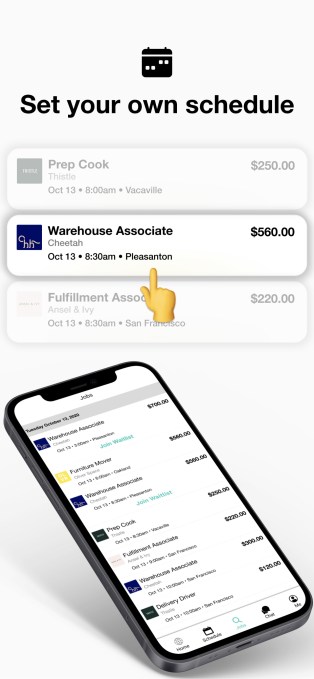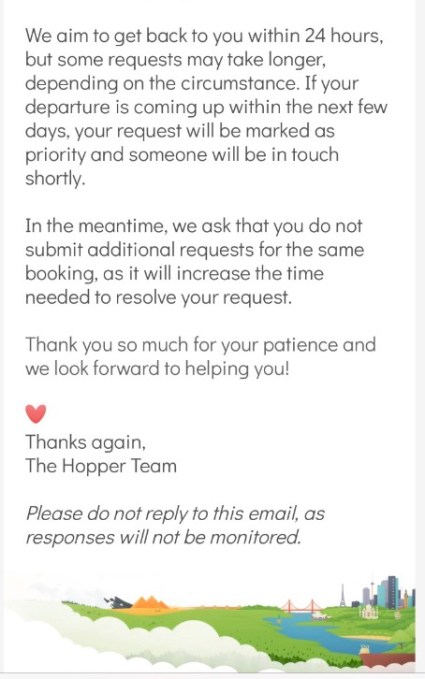After reading a review of Amazon’s new fitness tracker, Minnesota Senator Amy Klobuchar penned an open letter.
“Recent reports have raised concerns about the Halo’s access to this extensive personal and private health information,” the lawmaker wrote to U.S. Department of Health and Human Services Secretary Alex Azar. “Among publicly available consumer health devices, the Halo appears to collect an unprecedented level of personal information.”
The senator is far from the first critic to express concern about the fitness tracker — the Halo raised eyebrows the moment it was unveiled in August. She is, however, one of the few critics in a position to actually do something about the device, which features both an always-on microphone and asks wearers to perform a full body scan.
“I’m wearing my Fitbit,” Klobuchar says in an interview with TechCrunch. She takes a moment before correcting herself. “Oh, I didn’t put it on this morning. That’s very bad. I wear a Fitbit nearly every day. I sometimes have gone years without doing it, but since, I’d say, about February I’ve been wearing it.”
The senator’s not alone, certainly. According to a January 2020 report from Pew, roughly one-in-five U.S. adults regularly wear a smartwatch or fitness tracker. I’m wearing one as I type this, and chances are pretty good you’re wearing one as well. The Halo may cross a line for some, but the device is far from the first tracker to raise concern among privacy advocates. Klobuchar says that while the Halo’s specific level of data collection, “just cries out for some kind of rules and regulations in place,” stronger scrutiny and regulation is needed for the category across the board.
“I really do think there’s got to be rules in place,” she says. “The reason I’m writing HHS is because they should play a larger role in ensuring data privacy when it comes to health, but between the HHS and the Federal Trade Commission, they’ve got to come up with some rules to safeguard private health information. And I think the Amazon Halo is just the ultimate example of it, but there’s a number of other devices that have the same issues. I’m thinking there’s some state regulations going on and things like that, and we just need federal standards.”
The letter lays out four questions for Azar and the HHS, pertaining to the department’s role in safeguarding health data. Amazon’s defense of the product is two-fold: body scanning and speech collection are optional, and the company does not have direct access to this locally stored data.
Asked for response to the letter, the company tells TechCrunch:
We have been in touch with Senator Klobuchar’s office to address their questions about Amazon Halo. Privacy is foundational to how we designed and built Amazon Halo. Body and Tone are both optional features that are not required to use the product. Amazon does not have access to Body scan images or Tone speech samples. We are transparent about the privacy practices for this service and you can read more in the Amazon Halo privacy whitepaper.
“[The letter is] specifically about that they’re safeguarding the private health information, they’re ensuring security and privacy,” Klobuchar tells TechCrunch. “And even if Amazon Halo is saying they’re doing all of this, we need to have rules of the road in place for any company that does it.”
Health privacy concerns have been top of mind since Google announced plans to acquire Fitbit for $2.1 billion in November 2019. At the time, the deal was expected to close at some point in 2020. That timeline has since proven overly optimistic. In a filing with the Securities and Exchange Commission in August, Fitbit said the closing date could be pushed as late as May 2021.
The COVID-19 pandemic may well have played an issue in that delay, but Google’s biggest hurdle thus far has been government approval. A number of groups and individuals have raised concern over the deal, including Amnesty International. In August, the EU posited that the deal could “further entrench Google’s market position in the online advertising markets by increasing the already vast amount of data that Google could use for personalization of the ads it serves and displays.”
After launching an investigation into the deal, the Commission greenlit the deal earlier this week — with major caveats. At the top of the list is Google’s 10-year commitment to not use Fitbit health data for ad targeting. The E.U. has also reserved the right to extend the safeguard by another 10 years beyond that.
Klobuchar says she believes the privacy caveats were necessary. “I think the decision about if they’re sufficient or not should be made in the U.S. by our own regulators based on the facts. I am glad they created the data silo. […] And I think we need to greatly up our examination of mergers. We should use those mergers to either say ‘no, because they’re so anti-competitive,’ or to put conditions on them.”
Increased antitrust scrutiny has been a key project for the senator. In August 2019, she introduced the Monopolization Deterrence Act with Connecticut Senator Richard Blumenthal. Klobuchar says she hopes to get the bill passed after the new president takes office.
“This new session will be the moment,” she tells TechCrunch. “The Trump administration actually brought these major cases. They were late in the game, but they actually did their job here at the end. But the president wasn’t organized enough in terms of his focus to be able to actually get legislation done on monopolies. And so I think this is going to be incumbent on the Biden administration and the next AG to do that.”
Any meaningful effort to reduce the size and influence of tech corporations will have to go further than simply increasing regulatory scrutiny at the point of acquisition, however. In many cases, that bridge was crossed long ago.
“It’s not just future monopoly mergers being considered,” Klobuchar says. “It’s looking back at what’s happened. That’s what the Facebook suit is. That’s what the Google suit is in a different way. There’s still stuff about DoubleClick and everything, but mostly it’s about how they’re using their monopoly power. So you can be sued for looking back at mergers (that’s what they’re doing at Facebook), but you also can be sued for what we call ‘exclusionary conduct,’ for things that you’ve done that are anti-competitive.”
The Fitbit-wearing senator is quick to close by adding that she’s not anti-technology, per se. “I think the innovations are great. I use them all the time, even though I’ve had some hilarious online ordering experiences, including when I now have six two-pound things of maple yogurt. I mistook it and I thought they were small yogurts in my refrigerator. I think that they’re great, but I think that they can still be great with allowing from our competition, they’ll be better.”


